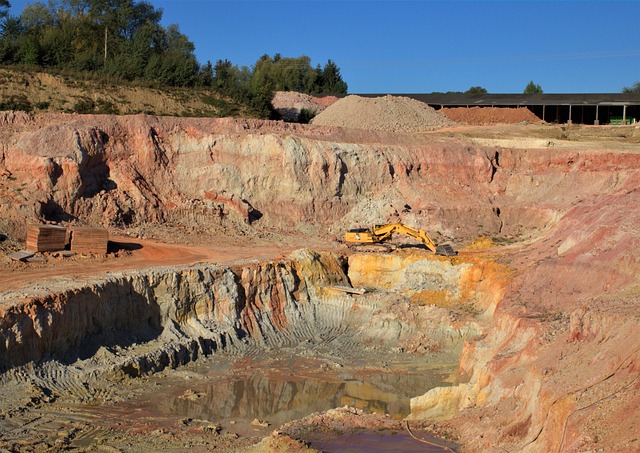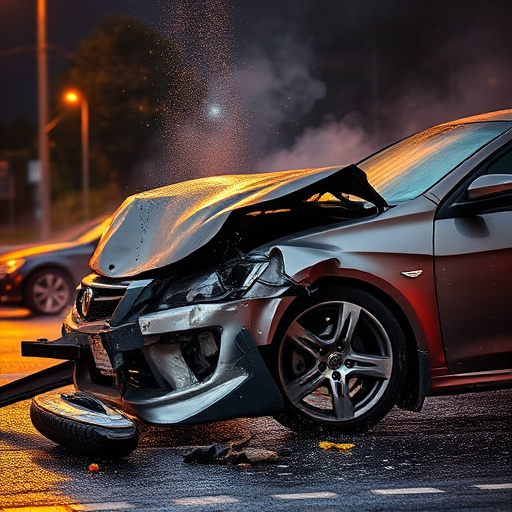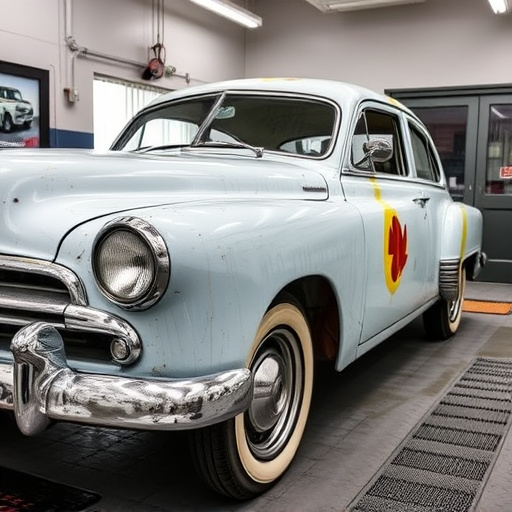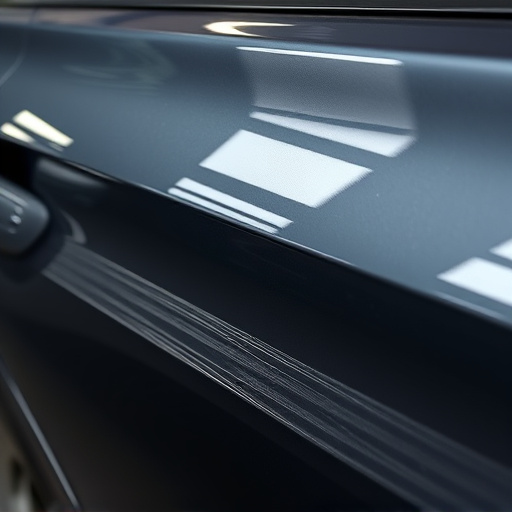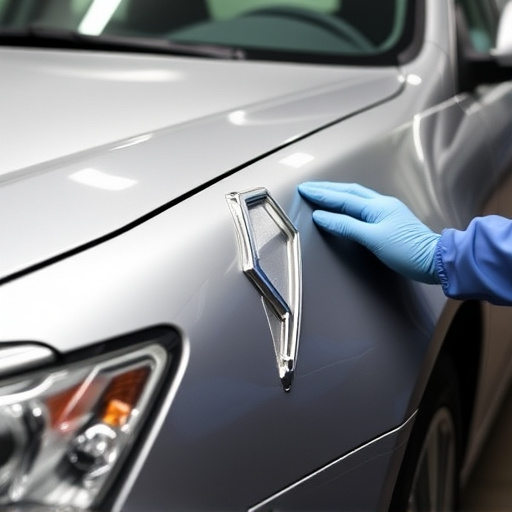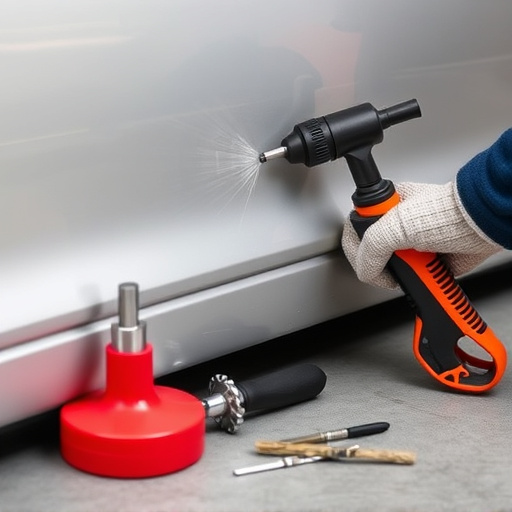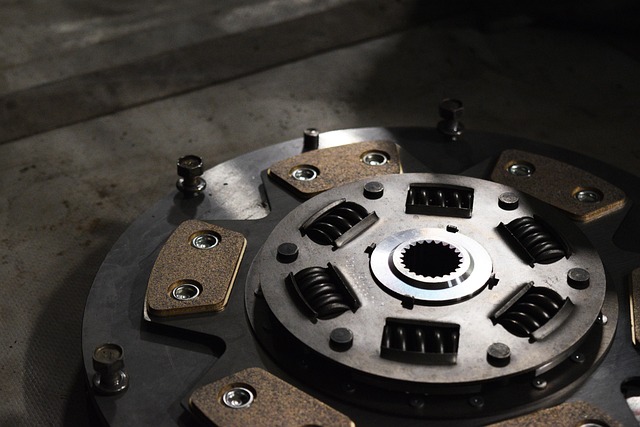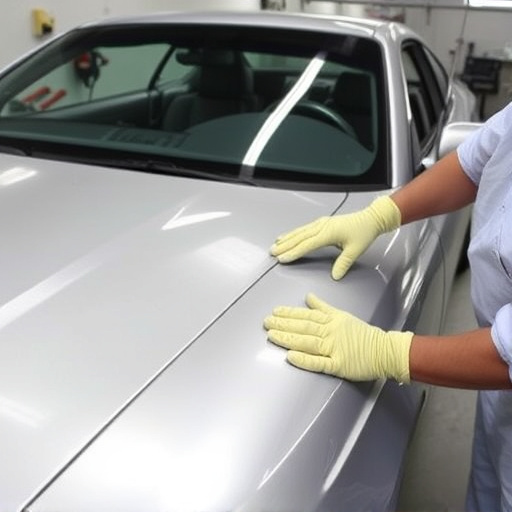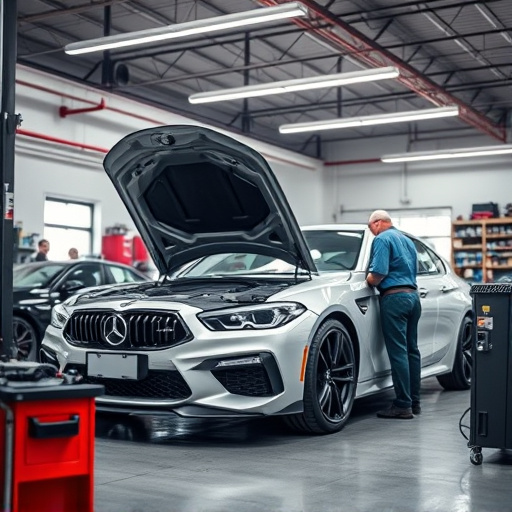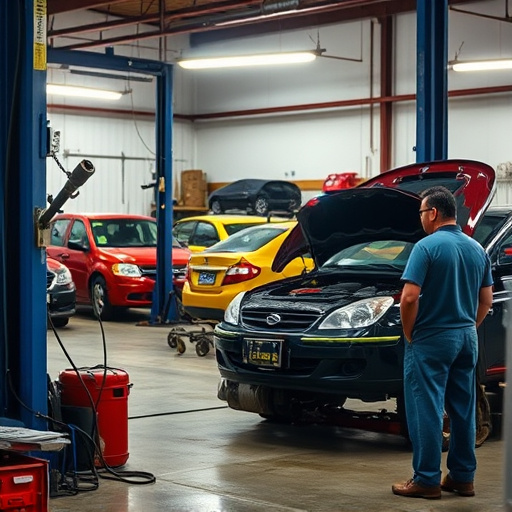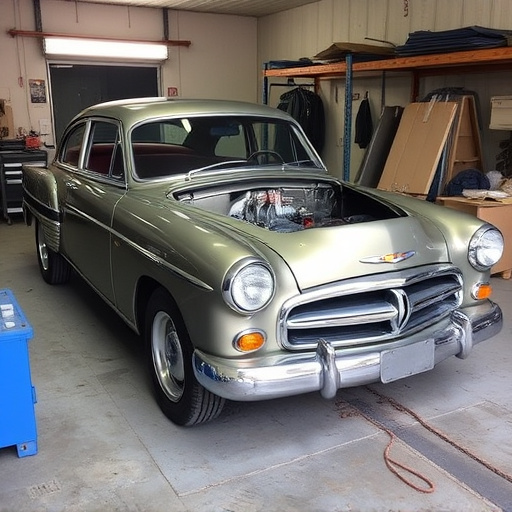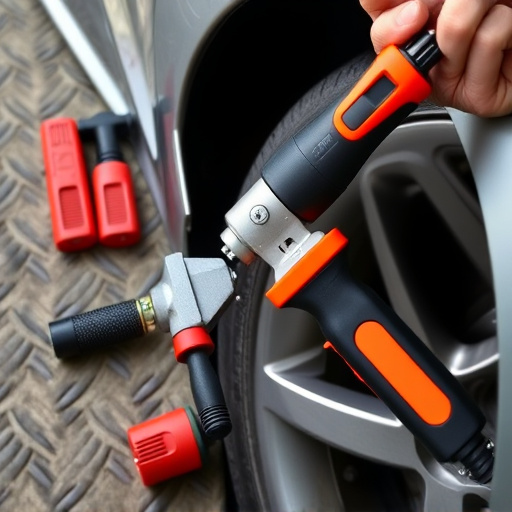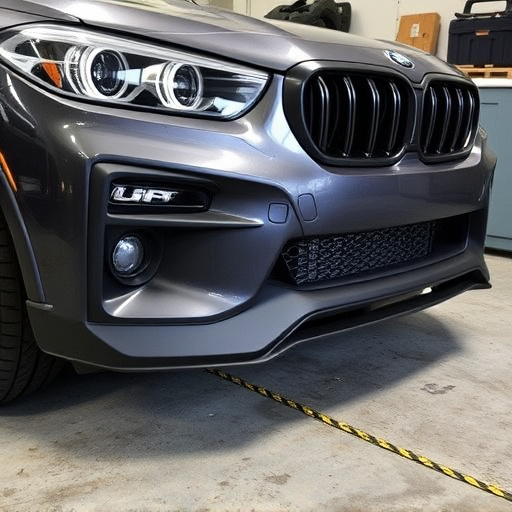Precision collision repair specializes in the complex restoration of vehicles post-accidents, focusing on critical airbag systems. Skilled technicians employ advanced tools and modern technology, including robotic systems and CAD software, for accurate airbag positioning and precise part replacement. This meticulous approach ensures structural integrity, optimal airbag function, and enhanced passenger safety while meeting strict quality control standards. Reputable collision repair facilities prioritize rigorous training, adherence to industry standards, and state-of-the-art equipment to deliver top-notch precision collision repair services that meet these high demands.
Precision collision repair is an essential aspect of ensuring safe airbag reinstallation after a vehicle accident. With advancements in automotive technology, achieving accurate and precise repairs has become paramount. This article explores the foundation of precision collision repair and its critical role in reinstating airbags effectively. We delve into the technological innovations that enable accurate replacement and highlight best practices for quality control, emphasizing the importance of meticulous craftsmanship to safeguard drivers and passengers.
- Understanding Precision Collision Repair: The Foundation of Safe Airbag Reinstallation
- The Role of Technology in Achieving Accurate and Safe Airbag Replacement
- Ensuring Quality Control: Best Practices for Effective Airbag Reinstallation After a Collision
Understanding Precision Collision Repair: The Foundation of Safe Airbag Reinstallation

Precision collision repair is a specialized technique that goes beyond typical auto body repairs. It involves meticulous restoration of vehicle components, especially in the context of reinstating airbags after a collision. This intricate process ensures not just visual aesthetics but also the safety of occupants in case of future accidents. Skilled technicians utilize advanced tools and techniques to accurately replace parts, maintaining the structural integrity of the car’s body.
Airbag systems are complex and require careful handling during repair or replacement. A minor misalignment can compromise their effectiveness. Precision collision repair experts consider every detail, from re-attaching sensors to calibrating the deployment mechanism, guaranteeing that airbags function optimally upon reinflation. This meticulous approach is crucial in balancing vehicle safety and operational efficiency, making it a cornerstone of modern car bodywork services.
The Role of Technology in Achieving Accurate and Safe Airbag Replacement

In the realm of precision collision repair, modern technology plays a pivotal role in ensuring safe and accurate airbag reinstallation. Advanced robotic systems now assist technicians in precisely positioning and inflating airbags, minimizing the risk of errors that could compromise passenger safety. These robots can achieve consistent, exacting movements, allowing for meticulous adjustments to fit the specific contours of various vehicle models’ car bodywork.
Additionally, computer-aided design (CAD) software enables repair specialists to map out intricate repairs and precisely cut replacement parts for the vehicle body repair process. This level of technological precision ensures that every component is correctly aligned and fitted, enhancing the overall integrity of the airbag system during subsequent deployment. As a result, technology acts as a game-changer in precision collision repair, fostering safer cars and giving drivers peace of mind on the road.
Ensuring Quality Control: Best Practices for Effective Airbag Reinstallation After a Collision

After a collision, proper airbag reinstatement is paramount for passenger safety. This critical process requires meticulous attention to detail and adherence to stringent quality control measures during precision collision repair. Skilled technicians employ advanced techniques and specialized tools to ensure the airbags function optimally upon deployment. They meticulously inspect and replace any damaged components, including sensors, inflators, and fabric covers, to meet or exceed manufacturer standards.
Effective airbag reinstatement involves a comprehensive approach that encompasses not just the mechanical aspects but also the aesthetic restoration of the vehicle. This includes aligning the dashboard panels, securing wiring harnesses, and ensuring proper calibration of the airbags’ deployment mechanisms. Reputable collision repair facilities offering precision collision repair services incorporate rigorous training programs for their staff, stay updated with industry standards, and utilize state-of-the-art equipment to deliver top-notch tire services and vehicle restoration, ultimately providing car repair services that prioritize safety and customer satisfaction.
Precision collision repair plays a vital role in ensuring safe airbag reinstallation, utilizing advanced technology and strict quality control measures. By understanding the foundational principles outlined in this article, automotive professionals can navigate the complex process of airbag replacement with confidence, ultimately fostering safer vehicles for everyone on the road. This meticulous approach to precision collision repair is a game-changer, revolutionizing how we address and prevent potential risks associated with airbags following a collision.
